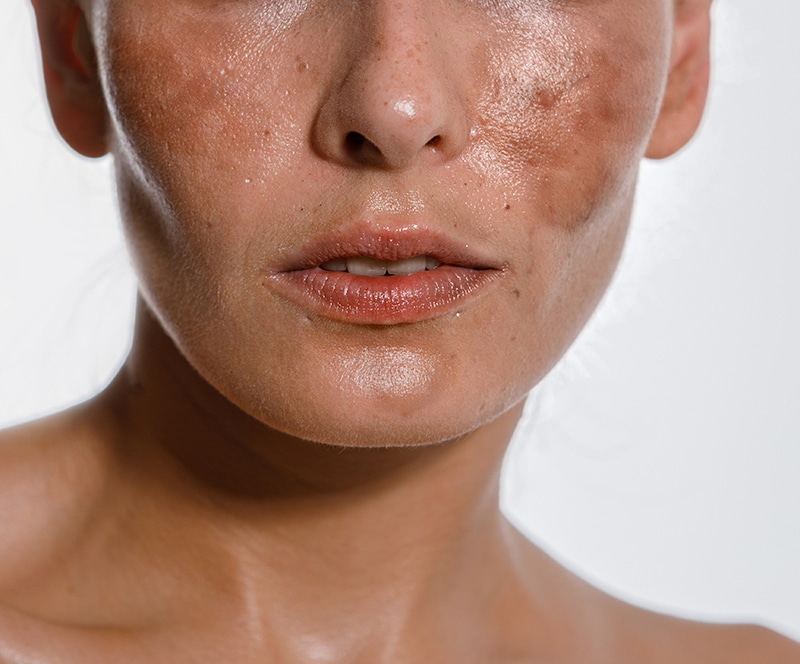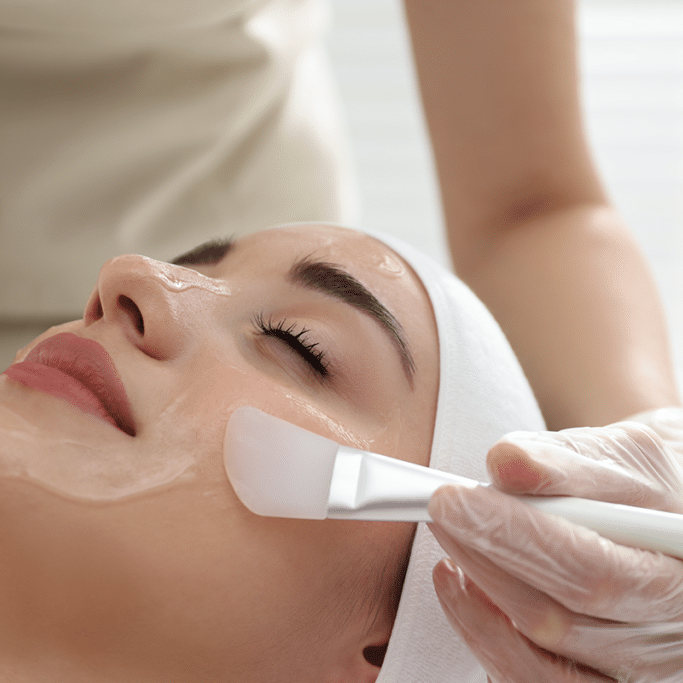Melasma: Unveiling the Mystery Behind Uneven Skin Tone
Unmasking the Signs
Patchy Discoloration
Multiple Colors
Sun Exposure
Why Melasma Happens
The precise cause of melasma remains a mystery, but several factors are believed to play a role, including:
Hormonal Changes
Sun Exposure
Genetics





